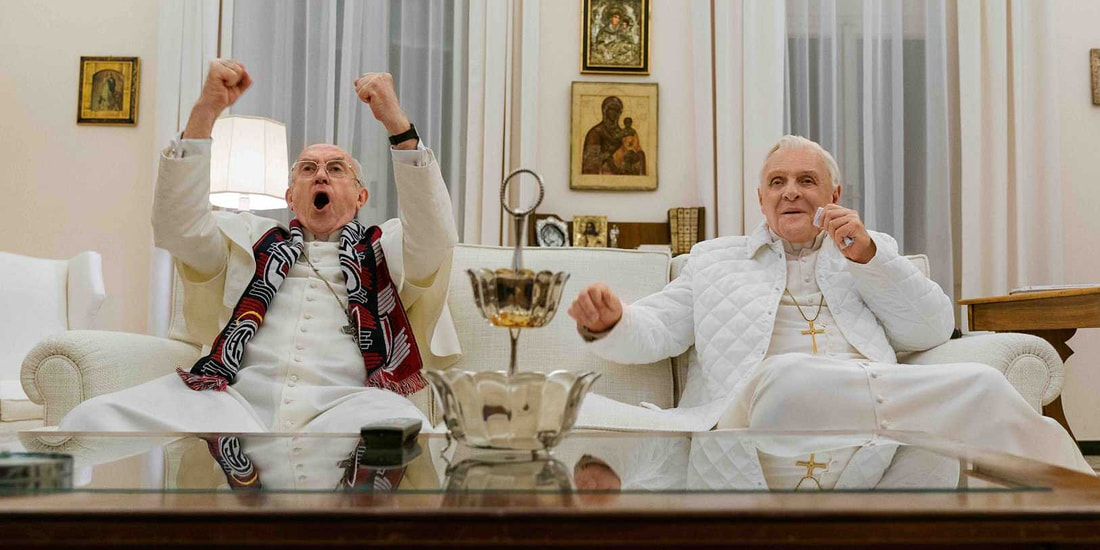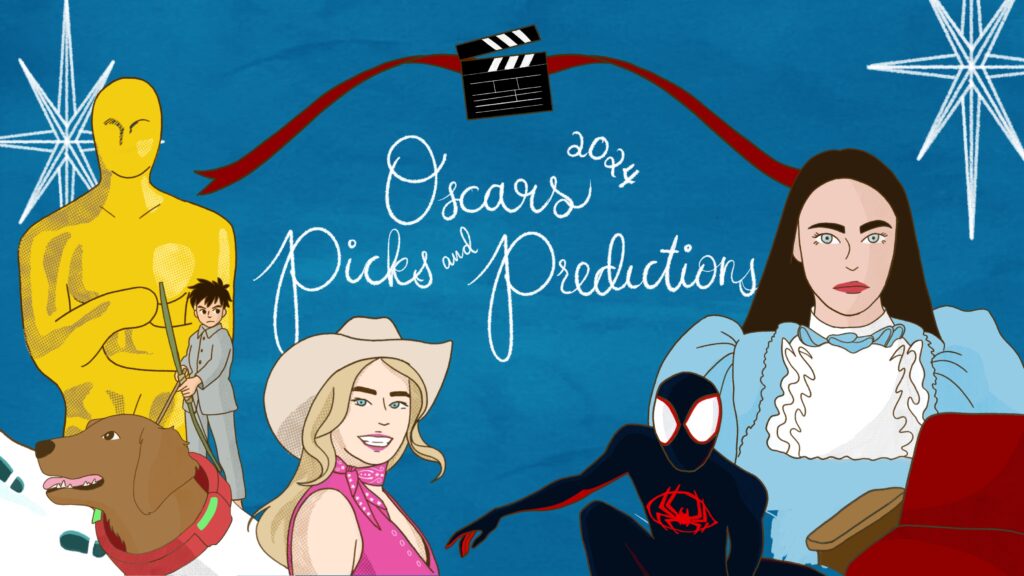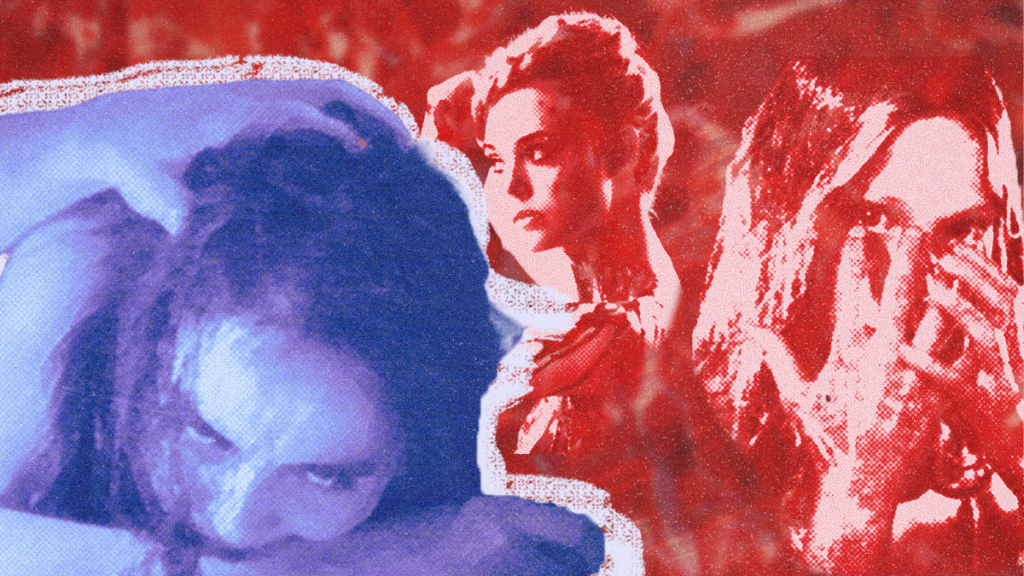The Catholic Church has faced a variety of portrayals in the world of film. Popular movies such as The Da Vinci Code (2006), Angels and Demons (2009), and Academy Award Winner Spotlight (2015) have painted a somewhat damning image of the Church as a hypocritical institution pervaded with corruption and abuse behind its doors. However, Netflix’s The Two Popes, directed by Fernando Meirelles, changes this typecast by offering a refreshing and endearing look at the relationship between two prominent church figures. Veteran actors Anthony Hopkins and Jonathan Pryce portray Pope Benedict XVI and Pope Francis in this entertainingly witty and well-written drama about an unexpected friendship between two very opposite personalities—and how they put aside their differences for the greater good.
The film centers on Cardinal Jorge Bergoglio (Jonathan Pryce), the man who would later on become Pope Francis, and his initial efforts to resign from his duties as Cardinal of Buenos Aires. Despite sending multiple request letters to the office of the Vatican, he receives no response, leading him to make his way in paying a visit to Pope Benedict XVI (Anthony Hopkins) himself. Their meeting eventually triggers an impassioned discussion throughout the film, one that concerns both the issues and future of the Catholic Church.
Although the premise may seem rather heavy, the terrific script by Anthony McCarten balances this out with spot-on dialogue and the addition of humorous moments that humanize Pryce’s and Hopkins’ portrayal of their characters. This two-hander act shines especially when it’s a scene shared by the two—its dialogue not only highlights the different views of liberal and conservative figures, but also allows audiences to understand where both sides are coming from.
Both Pryce and Hopkins shine in the spotlight with their stellar performances, fooling audiences into believing that they’re actually their real-life counterparts. Hopkins’ portrayal as Pope Benedict XVI is done with the appropriate seriousness and a humorless characterization that shows the conservative nature of his persona. Hopkins plays this out through his movements, often utilizing a steely gaze to speak for the invisible tension felt towards Pryce’s Pope Francis. On the other hand, Pryce portrays the role with true grace and pleasantry—capturing the warm and more down-to-earth aspects that allows his character to empathize with the people. Aside from this tenderness, Pryce also personates the right sensitivity and anguish of his role most especially through the film’s black-and-white scenes that shed light on Pope Francis’ backstory. Pryce’s rendition of Pope Francis is a delight to see onscreen, highlighting the many qualities that make him endearing to the public.
Even without the use of outstanding technical aspects, The Two Popes stands its ground impeccably due to the perfect combination of legendary actors, a well-written and witty script, and well-timed comical moments. The film is worth watching for the banter between Pryce and Hopkins as they fully absorb their roles, graduating from rivals to each other’s closest confidants. The Two Popes is an entertaining and enjoyable double-act, one that moves audiences by showing us the importance of conversation in settling the differences among us.
Photo sourced from NextBestPicture





